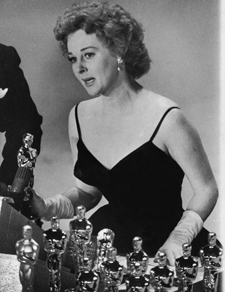On This Day in History, March 14: Farewell To Brooklyn Actress Susan Hayward

AP541.jpg
Brooklyn-born actress Susan Hayward’s battle with cancer ended on March 14, 1975. Her death was a shock to Hollywood, Brooklyn and movie fans all over the world.
She was Greta Garbo’s favorite star. Brooklynite Alan King interrupted his show at a Las Vegas nightclub to say a few words about Hayward and to offer a minute of silence in her memory.
Carmine Capp, another Brooklynite, placed an ad in Variety magazine every year on the anniversary of her death. It read: “Academy Award Winning Actress Susan Hayward — June 30, 1918-March 14, 1975. A Star is a Star, is a Star. P.S. You were great in Smash-Up, With a Song in My Heart, I’ll Cry Tomorrow and I Want to Live.”